Increase in Urban Beekeeping
The trend of urban beekeeping is emerging as a notable driver for the Beekeeping Equipment Market. As urban areas become more populated, individuals are seeking ways to engage in sustainable practices, including beekeeping. This shift is leading to a rise in the number of urban beekeepers who require specialized equipment suited for limited spaces. Market analysis suggests that urban beekeeping is growing at a rapid pace, with many cities implementing regulations that support hive installations. This trend not only diversifies the market but also creates opportunities for manufacturers to develop innovative equipment tailored to urban environments.
Supportive Government Policies
Government initiatives aimed at promoting sustainable agriculture and environmental conservation are positively influencing the Beekeeping Equipment Market. Various countries have implemented policies that provide financial assistance and subsidies to beekeepers, encouraging the adoption of modern beekeeping practices. For instance, funding programs for beekeeping education and equipment purchases have been established, which could potentially increase the number of active beekeepers. This supportive regulatory environment not only fosters growth in the beekeeping sector but also enhances the demand for specialized equipment, thereby benefiting the market.
Rising Demand for Honey Products
The increasing consumer preference for natural and organic products is driving the demand for honey, which in turn propels the Beekeeping Equipment Market. As consumers become more health-conscious, they are gravitating towards honey as a natural sweetener, leading to a surge in honey production. According to recent data, honey consumption has seen a steady increase, with estimates suggesting a growth rate of approximately 5% annually. This rising demand necessitates the acquisition of advanced beekeeping equipment to enhance production efficiency and ensure quality, thereby stimulating the market for beekeeping equipment.
Technological Innovations in Beekeeping
The advent of innovative technologies in the Beekeeping Equipment Market is transforming traditional practices. The integration of smart technologies, such as IoT devices and automated hive monitoring systems, is enhancing the efficiency and productivity of beekeeping operations. These advancements allow beekeepers to monitor hive conditions in real-time, leading to better management and increased honey yields. Market data indicates that the adoption of such technologies is on the rise, with a projected increase in market share for technologically advanced equipment. This trend is likely to attract new entrants into the beekeeping sector, further driving the demand for modern equipment.
Growing Awareness of Pollinator Importance
There is a burgeoning awareness regarding the critical role of pollinators in agriculture and ecosystems, which is influencing the Beekeeping Equipment Market. Educational campaigns and initiatives aimed at highlighting the importance of bees for food production and biodiversity are gaining traction. This heightened awareness is likely to encourage more individuals to engage in beekeeping, thereby increasing the demand for beekeeping equipment. As more people recognize the ecological benefits of maintaining bee populations, the market for beekeeping equipment is expected to expand, reflecting a shift towards sustainable practices.


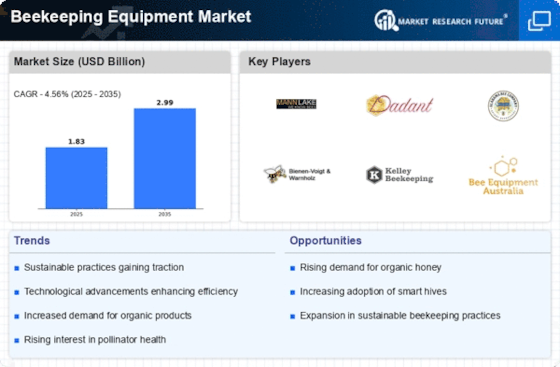
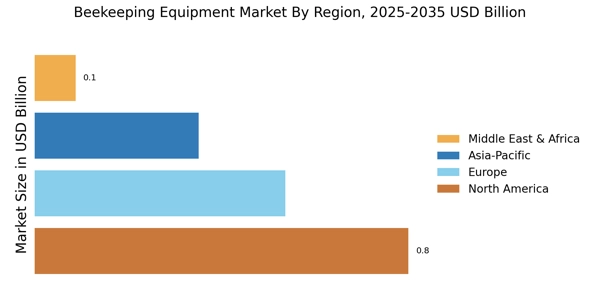
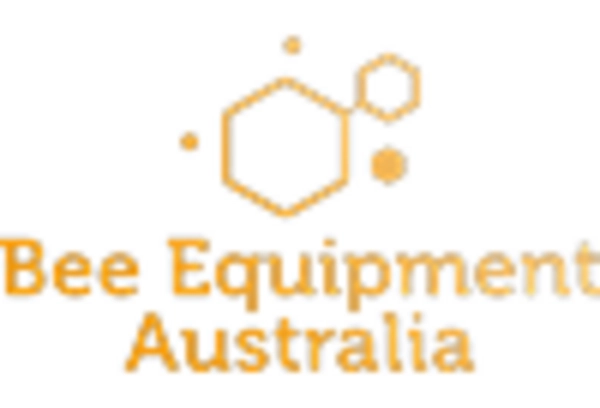
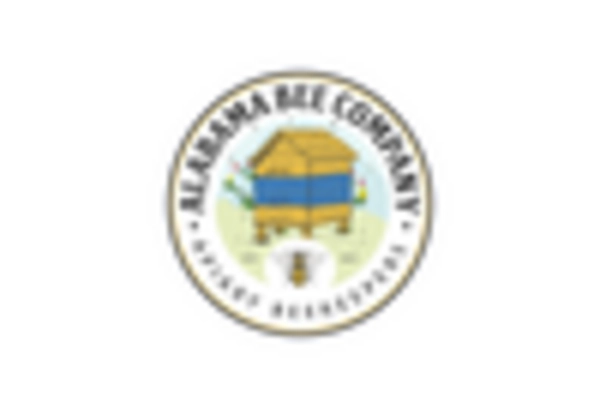



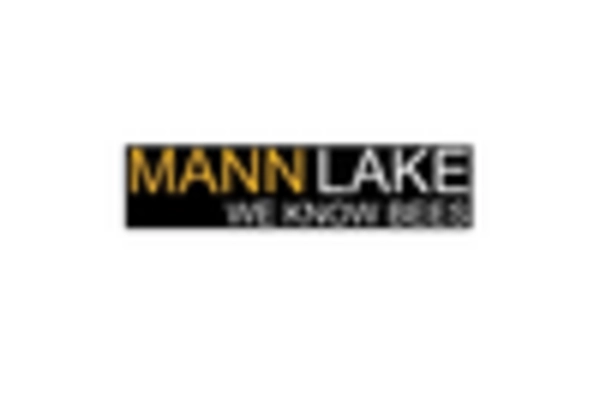








Leave a Comment